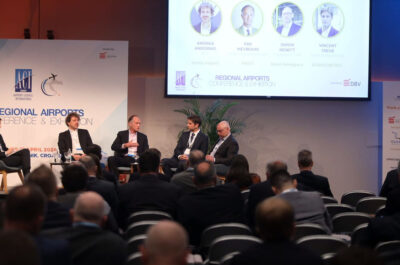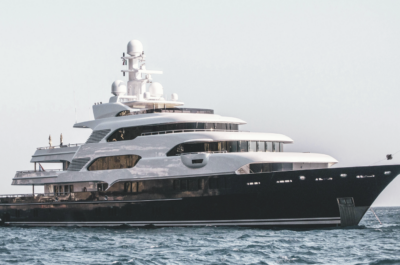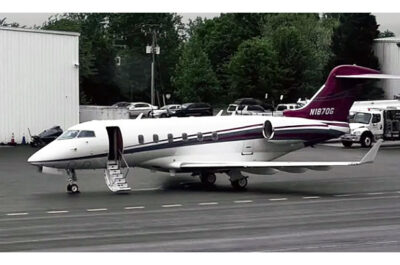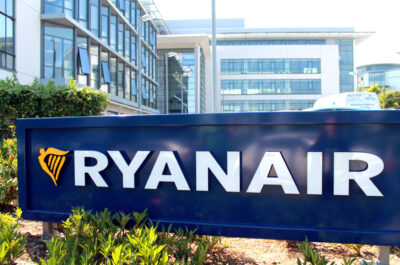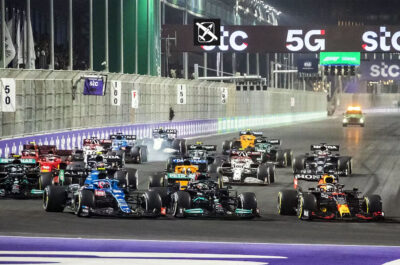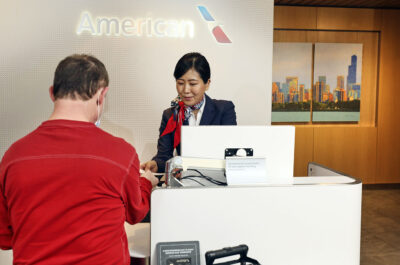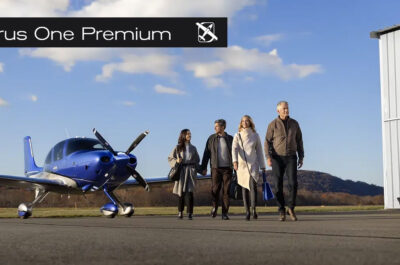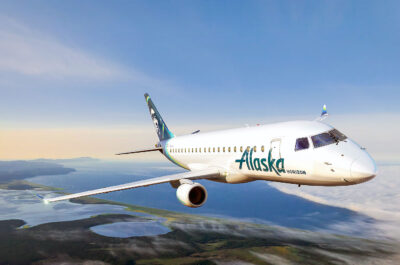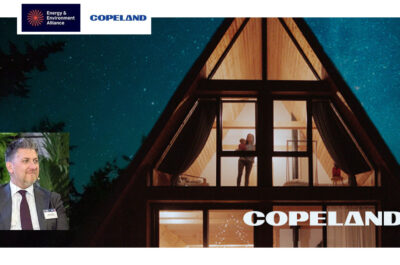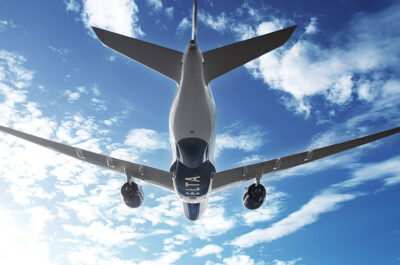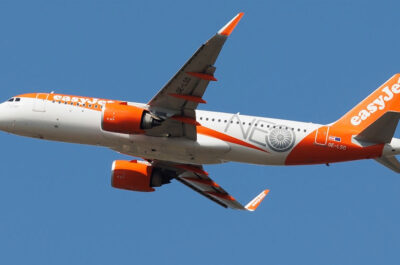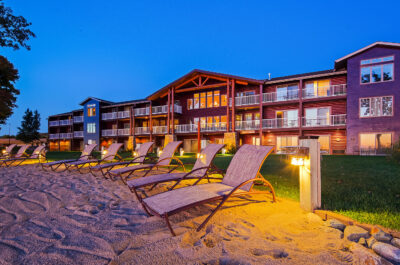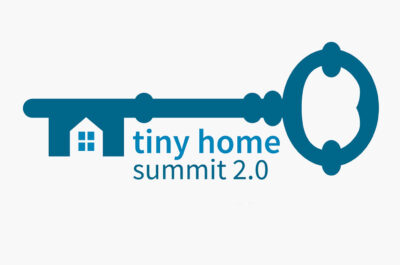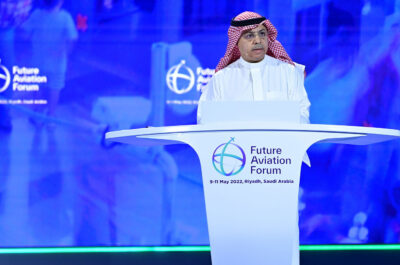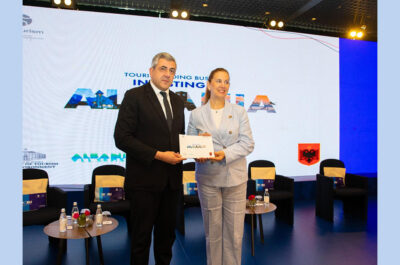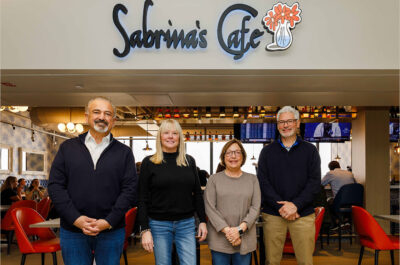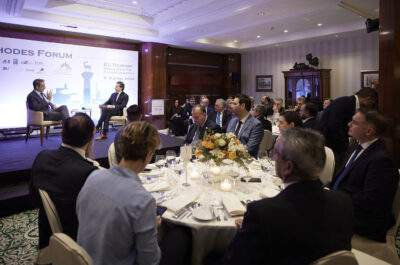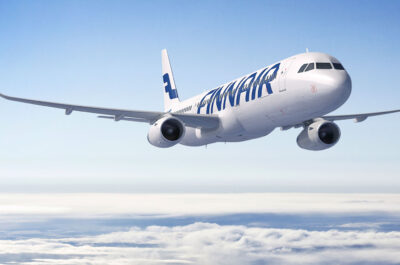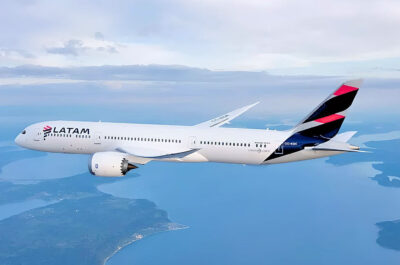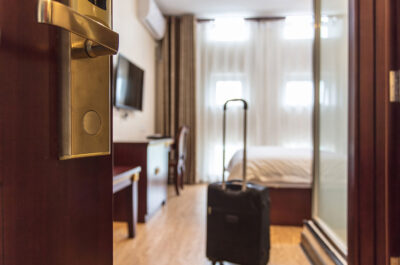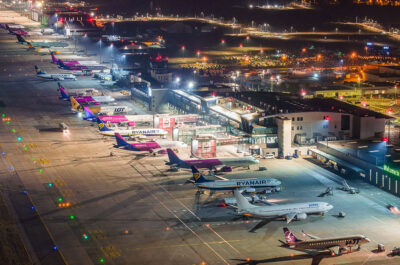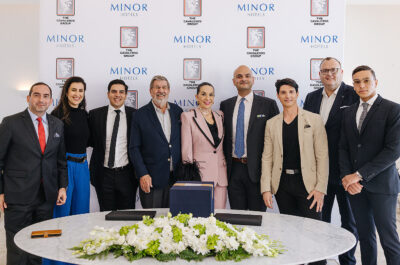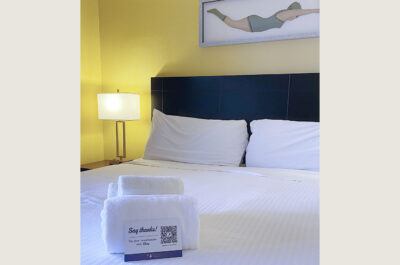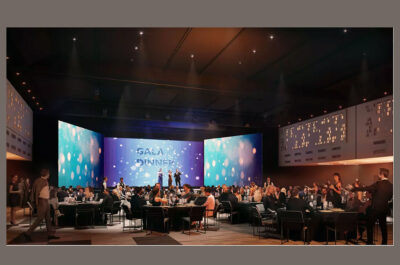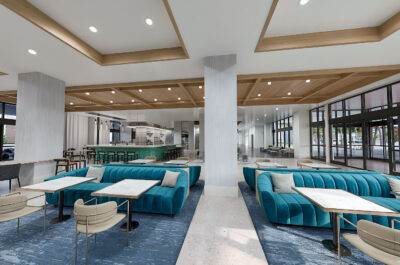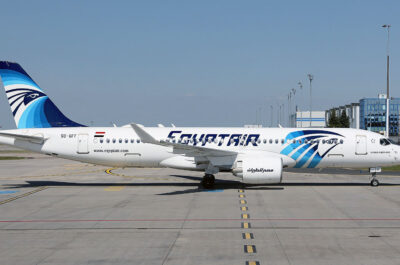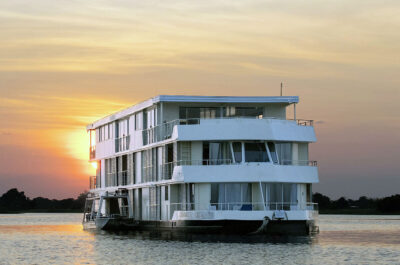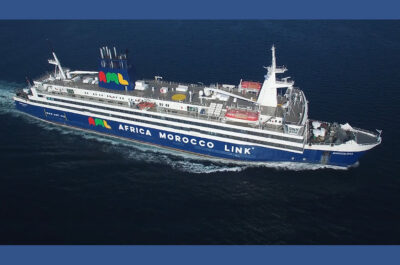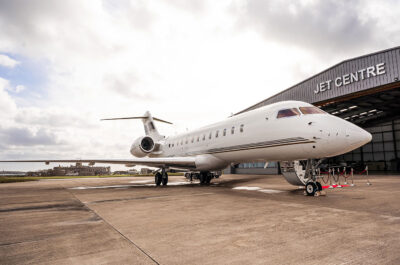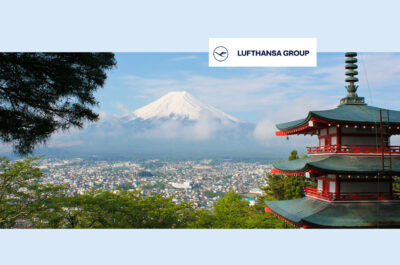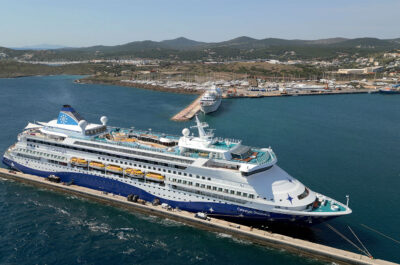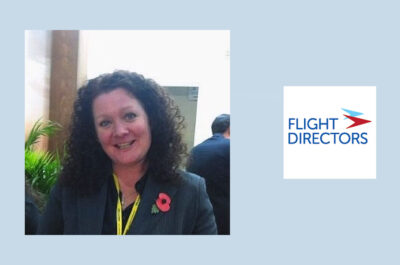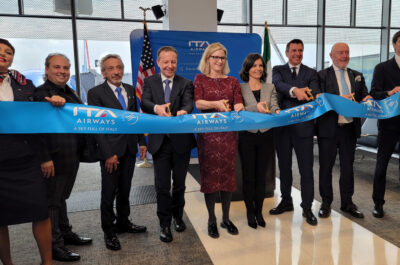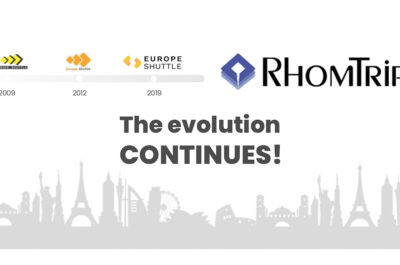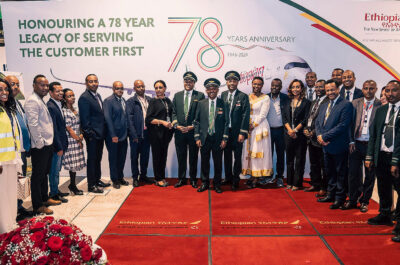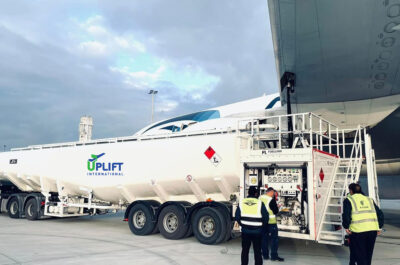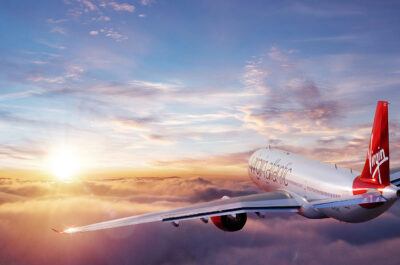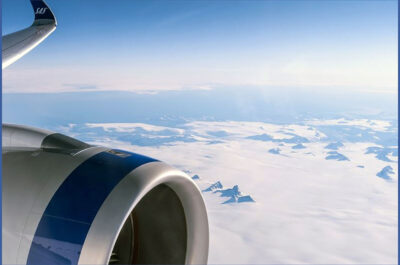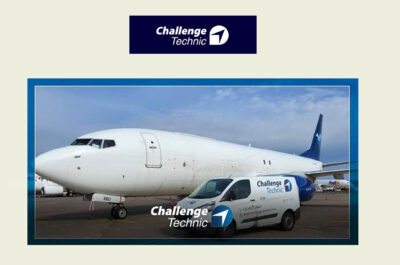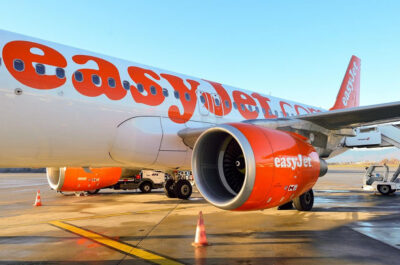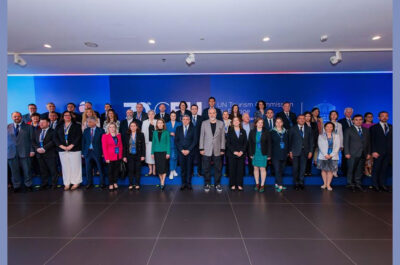The 'always connected' aircraft is revolutionising passenger experience and airlines' business processes
LONDON – Increasing demand for air transport is expected to lend momentum to the global in-flight entertainment and connectivity market as airlines try to differentiate and gain a competitive advantage. The market will witness strong consolidation as in-flight entertainment and connectivity suppliers aim to create a one-stop shop for customised content solutions.
New analysis from Frost & Sullivan, in-flight Entertainment Market Assessment, finds that the market earned revenues of $2.08 billion in 2012 and estimates this to more than double to $5.27 billion in 2020 at a compound annual growth rate (CAGR) of 12.8 percent (2011-2020). The study covers hardware, content and connectivity, out of which the connectivity segment will grow the fastest at a CAGR of 28 percent (2011-2020).
Greater penchant for flying among the middle class will drive passenger traffic and compel airlines to implement fleet expansion plans, in turn offering new possibilities for in-flight entertainment and connectivity suppliers globally.
“As operating margins remain low and competition intensifies, airlines are identifying factors other than price to attract customers,” saidFrost & Sullivan Aerospace and Defence Consultant Lida Mantzavinou. “In-flight entertainment and connectivity will be key for airlines to achieve differentiation and boost brand loyalty.”
However, several airline operators postpone in-flight entertainment and connectivity project installations owing to budget constraints. Moreover, business and leisure traffic might not grow as projected in the current unstable economic environment, maintaining revenues at a standard level. From the suppliers’ side, long and expensive process of acquiring the necessary certification, becomes a hurdle to technological advancement. Conflict of interest among stakeholders is another challenge. For instance, Hollywood studios prohibit the streaming of early window movies on portable electronic devices, limiting scope for vendors.
Under these circumstances, airlines are prioritising expenditure on systems that will decrease aircraft weight as well as operating and fuel costs while increasing ancillary revenues. Hardware and content providers will have opportunities to design solutions that can track and monitor passenger spending on board, while contributing to ancillary airline revenues through online advertisements.
“Market consolidation will be at its peak, as vertical integration, partnerships, and repositioning in the market will be integral for vendors to maintain their foothold in the market,” observed Ms Mantzavinou. “Partnerships that enable comprehensive, end-to-end systems for the in-flight entertainment and connectivity market will find success in the global market. New satellites launched within the next two years will facilitate seamless on-board connectivity with larger capacities at a lower price.”
Vicky is the co-founder of TravelDailyNews Media Network where she is the Editor-in Chief. She is also responsible for the daily operation and the financial policy. She holds a Bachelor's degree in Tourism Business Administration from the Technical University of Athens and a Master in Business Administration (MBA) from the University of Wales.
She has many years of both academic and industrial experience within the travel industry. She has written/edited numerous articles in various tourism magazines.











































































































